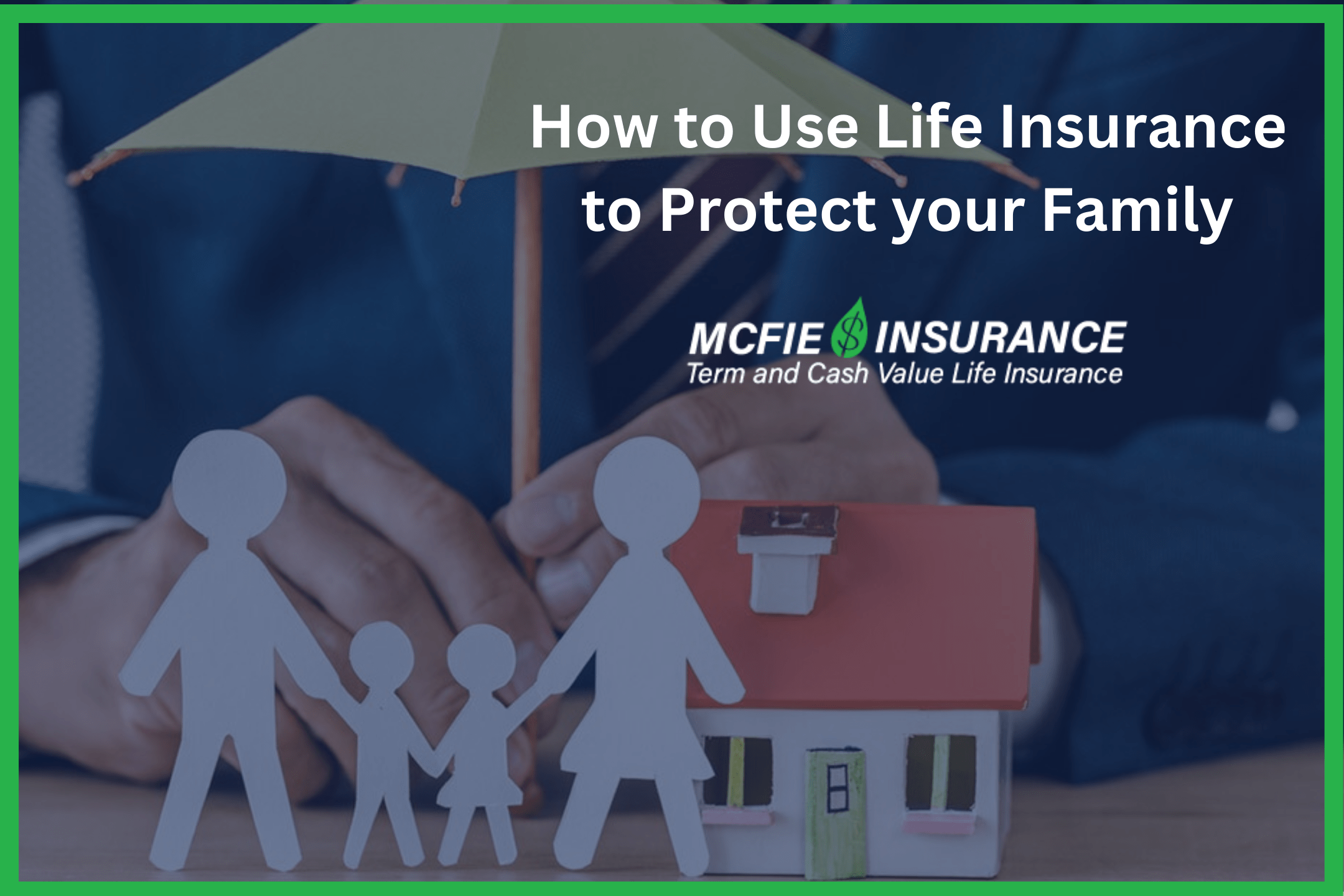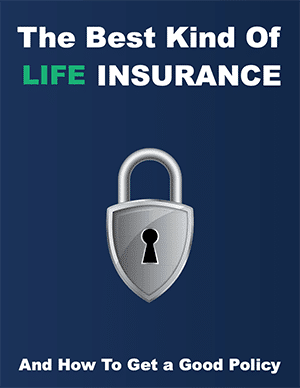702-660-7000
702-660-7000

Family life insurance, family planning with life insurance, or family life insurance plan, refers to the use of life insurance in family planning. Not only can life insurance be used to provide a death benefit, but certain life insurance products also build cash value which can be used while you are living.
Family life insurance is not a specific insurance product, but a generic term used to describe the role of life insurance in family planning.

Discover The Perpetual Wealth Code™, an easy system to maximize the control of your savings and minimize penalties so you can keep more of the money you make and build wealth every year WITHOUT riding the market roller-coaster. Download here>
Dealing with the loss of a loved one is even harder with added financial stress. Will the bank repossess the house? Will the children still be able to get a good education? Do I need to get another job?
While the loss of any family member is grievous, loss of income could plunge the entire family into financial distress.
A well-designed life insurance policy can remove the financial burden associated with a death, by providing funds that can:
Having well-designed life insurance in place could be the difference between your family keeping the home, or losing it, the difference between a quality education for your children or a lousy public school, and it could be the difference between peace of mind and financial stress.
Ensuring your family’s financial security through life insurance involves selecting the right beneficiaries. Commonly, this includes the policy holder’s spouse or partner.
It’s possible to name multiple beneficiaries. Some insurance policies allow you to specify the proportion of the death benefit each beneficiary receives. If you’re considering multiple beneficiaries, such as your partner and all your adult children, consulting with your insurance agent is advisable to discuss your plans.
While the death benefit a life insurance policy can provide is apparent, many people don’t know about the living benefits of life insurance.
A well-designed whole life insurance policy not only provides a death benefit, it also generates equity in the form of cash value, which over time, will grow to be more than the total amount paid in premiums.
The policy owner can access this money for any reason as an interest-only loan. Unlike a bank loan, there are no requirements as to how soon the policy loan must be repaid, as long as the policy loan interest is paid, the loan can remain outstanding forever. This allows the policy owner to decide how soon they pay back the policy loan.
If the insured were to die while there is a loan outstanding, the insurance company simply subtracts the loan balance from the death benefit before paying the death benefit.
With life insurance, family planning becomes much easier. For instance, if, instead of saving in a 529 plan, parents fund a whole life insurance policy on their child’s life, they can do much more than give their child a good education.
Suppose they start a whole life insurance policy on their child’s life with the money they would have used to fund a 529 plan. When the time comes, they can borrow the cash value to pay for their child’s education.
After the loan is paid back, the money is available to borrow again, maybe for a vehicle, maybe for a wedding, or to start a business or put a down payment on a home, something which would never be possible with a 529 plan.
Now suppose the child decided not to go to college, but to move immediately into some business. With whole life insurance, this is a non-issue, as cash values can be used for any reason. But with a 529 plan, this is a real problem as money in the plan can only be used for education expenses.
 |
Get a working knowledge of how each type of life insurance policy works. After reading this 10-page booklet you'll know more about life insurance than most insurance agents. Download here> |
Also, with a whole life insurance policy, if the child were to die at any time, any outstanding loans would be paid off, and the policy’s death benefit would more than repay all the money the parents used to fund the policy.
The best type of life insurance is well-designed whole life insurance. Whole life insurance policies build cash value which, over time, will be greater than the amount of money ever paid in premiums. The cash value in the policy can be borrowed and used while the insured is still living.
Because whole life insurance builds equity, it is, initially, more expensive than other types of insurance.
Term insurance is, initially, the cheapest type of life insurance. Unlike whole life insurance which is designed to last for the entire (whole) life of the insured, term insurance is only designed to last for a term of years, often 10, 20, or 30 years. Term insurance rates will increase, so while it is the cheapest type of insurance you can buy when you are young, it is the most expensive way to purchase life insurance over time. Term insurance does not build any equity, but convertible terms may be converted to whole life insurance.
Because young families usually have limited income, purchasing as much whole life insurance as they would like might not be financially possible. So, the best type of life insurance for a family is often a combination of whole life and convertible term insurance. The whole life insurance will start building cash value, while the term insurance provides the needed death benefit at an affordable rate. As income rises, or expenses decrease, the term insurance can be converted to whole life insurance, or, if coverage is no longer needed, it can be canceled.
Riders are attached to a life insurance policy to provide features and benefits. Two riders that are useful when using life insurance to protect your family are the child rider and the family income rider.
The child rider may be added to one of the parent’s policies at the time of purchase and provides a certain amount of coverage for each child. There is a flat fee for this rider, regardless of the number of children added to it. The coverage this rider provides will expire once the child reaches a certain age, but it may be converted into a permanent policy before then, even if the child is not insurable.
The family income rider changes how the death benefit is paid. Instead of being paid out in a lump sum, it will be paid out over a number of years. This provides a steady, dependable income to your family for many years.

Understanding the Infinite Banking Concept and How It Works In Our Modern Environment 31-page eBook from McFie Insurance Order here>
It is important you and your family have an adequate amount of life insurance. Many people don’t know how much life insurance they need to properly protect their family. It is also important that you purchase well-designed life insurance. Not all life insurance policies are created equal and poorly designed policies could end up costing you. A poorly designed policy may even lapse, leaving you, or your family, with no coverage at all.
If you want to purchase well-designed life insurance which will protect your family and provide cash value that you can use during your lifetime, we can help you. Contact us. 702-660-7000
 Ben T. McFie
Ben T. McFie
There's a lot of confusion around finance; there's so much to know and it's frustrating when you don't know enough to make the best financial decisions. I like to bring clarity to financial matters so people can make good financial decisions that will help them live wealthier more fulfilling lives.